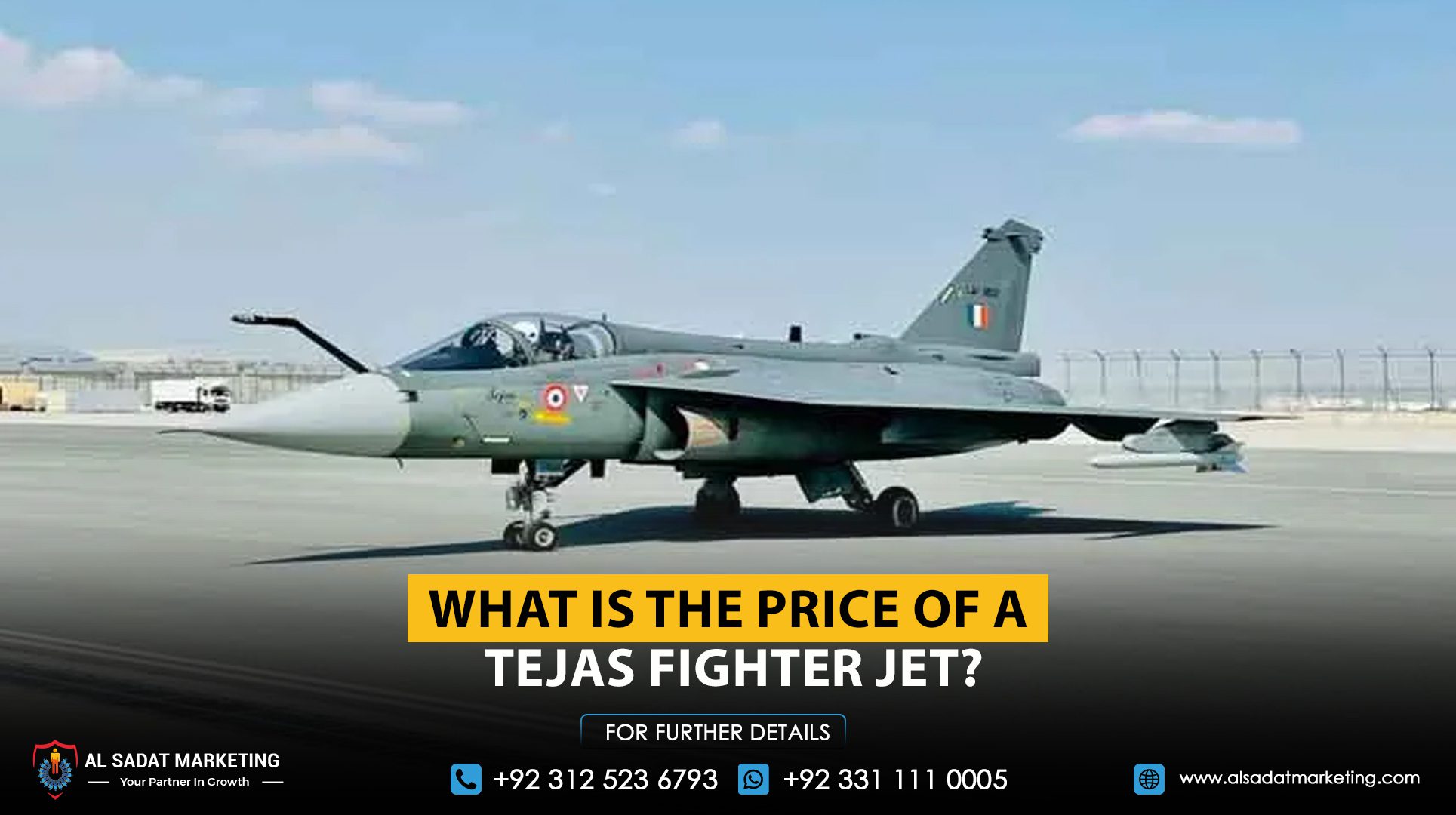India’s Tejas fighter jet programme is facing new scrutiny after a Tejas aircraft crashed during a flying display at the Dubai Airshow. The incident has triggered fresh concerns about safety and the rising financial burden of the domestically developed fighter, which is a key part of India’s ‘Make in India’ defence strategy.
The Tejas, developed by Hindustan Aeronautics Limited (HAL) and the Aeronautical Development Agency, has long been promoted as an affordable and modern light combat aircraft. In 2021, India signed a deal for 83 Tejas Mk 1A jets worth around $6.5 billion, putting the price at about $43 million per aircraft. The trainer variant costs slightly less, at roughly $39 million per unit.
However, the cost has nearly doubled in recent years. A new contract signed in 2025 for 97 additional Tejas Mk 1A fighters is valued at $7.8 billion, bringing the estimated per-unit cost close to $80 million. Officials say the increase is due to upgrades, inflation, and higher input expenses, but it has raised concerns about affordability.
HAL has also been pushing to export the aircraft, marketing it at an expected price of about $43 million. But the crash at an international airshow may hurt global confidence in the programme and slow down potential foreign sales.
The Tejas was once seen as a cost-effective and reliable indigenous solution for India’s air combat needs. Now, with rising costs and a high-profile safety setback, the programme is under pressure to prove its value as India modernizes its fleet and aims to boost defence exports.










